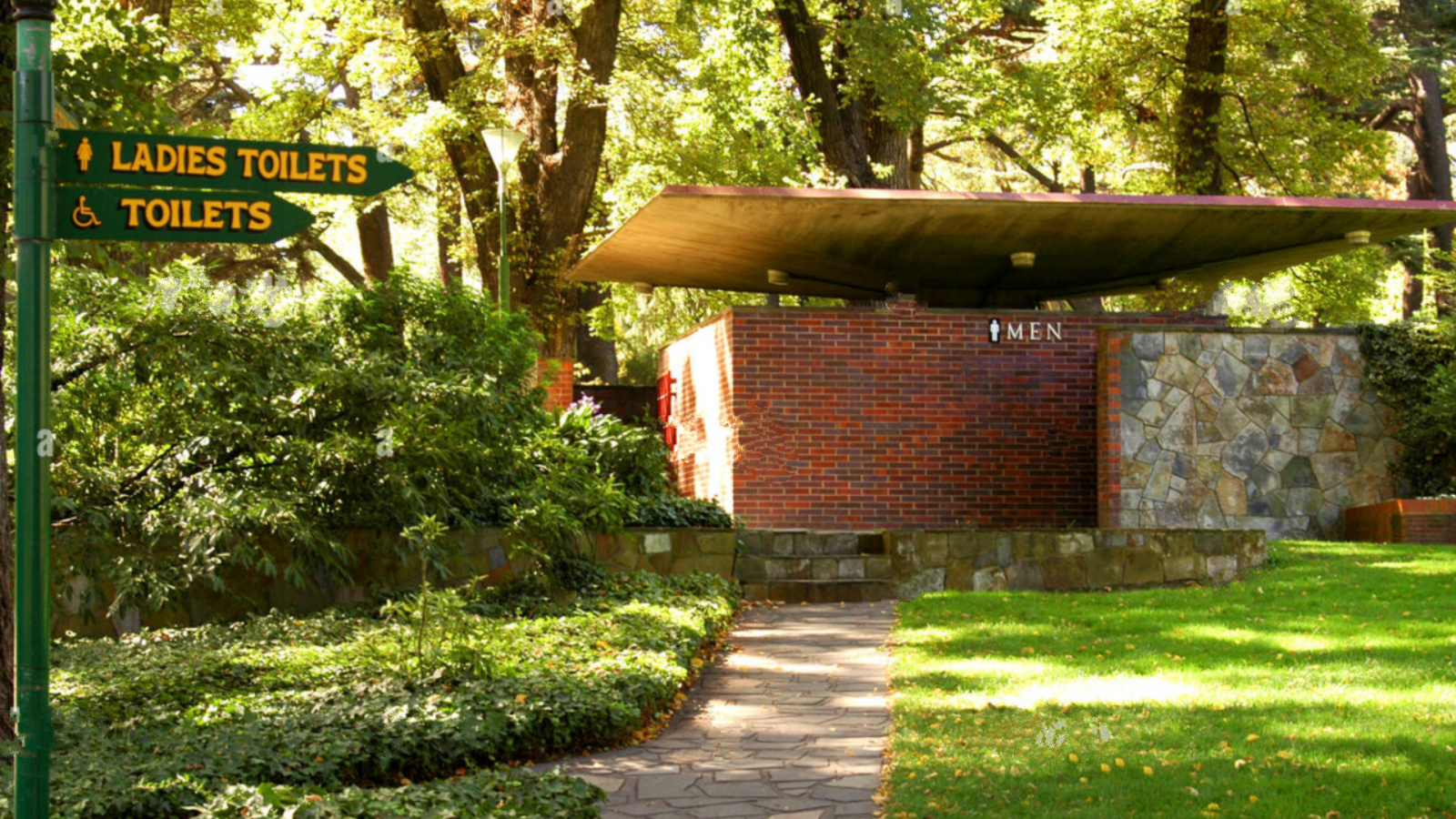In this Article
This case study explores a collaborative project between the City of Banyule in Melbourne, Australia, and Minnovation Technologies to monitor the utilization of 42 remote public bathrooms using infrared technology. The initiative aimed to gather data on the number, timing, and frequency of usage for male, female, and disabled facilities independently. The primary goal was to assess the necessity of these facilities and optimize cleaning schedules for resource efficiency.
Project Overview
The primary objective was to determine the actual usage of public bathroom facilities to optimise maintenance and cleaning frequencies. The project involved installing infrared sensors in male, female, and disabled bathrooms, independently measuring the number of users, time of day, and frequency of use.
Collaboration and Technology Selection
Minnovation partnered with the City of Banyule to select the appropriate technology and network infrastructure for this project. Infrared technology was chosen for its accuracy and non-intrusive nature, ensuring privacy while collecting essential usage data.
Data Architecture and Network Infrastructure
Considering the widespread locations of the bathrooms, the data architecture was designed to handle information from remote areas efficiently. A robust network infrastructure was established to ensure seamless data transmission from all facilities to the central monitoring system. this infrastructure was based on the public LoRaWAN network that is supported by the City of Banyule.
The project included the expansion of this network from 9 to 16 gateways.
Implementation and Monitoring
Infrared sensors were installed in male, female and special needs public bathrooms across 42 remote sites. These sensors provided valuable data on the utilisation patterns of these facilities, including peak usage times and frequency. This data was crucial in determining the need for each bathroom and planning the cleaning schedules effectively.
In addition to the cleaning rosters, maintenance and planning teams were better able to determine maintenance requirements and capital replacements based on the knowledge provided by the sensors.
Results and Impact
1. Optimised Cleaning Schedules: The data enabled the City of Banyule to adjust cleaning frequencies based on actual usage, ensuring resources were used efficiently.
2. Resource Management: The project identified bathrooms with low usage, aiding decision-making about their necessity and maintenance.
3. Improved Public Service: By aligning cleaning schedules with usage patterns, the project ensured better maintenance of public bathrooms, enhancing community satisfaction.
Conclusion
The collaboration between the City of Banyule and Minnovation Technologies in using infrared technology to monitor public bathroom usage represents a significant step in municipal resource management. The project successfully provided data-driven insights, leading to more efficient use of resources and improved public services.
References
– City of Banyule Official Website: [https://www.banyule.vic.gov.au] – Minnovation Technologies: [http://52.147.34.237]
This case study serves as a model for other municipalities looking to optimize public facility management through technology-driven solutions.
Related Blog Posts
How Smart Cities Connect: Getting Started with Edge AI and IoT Technology
How to Get Started with Edge AI and IoT Technologies in Smart Cities: Overcoming Integration Challenges In recent years, the concept of smart cities has evolved from a futuristic Read More
5 Step Strategy: Ensuring Security and Privacy in 15-Minute Smart Cities
Introduction Ensuring security and privacy in 15-minute smart cities is a critical challenge as urban areas become increasingly connected through IoT and edge AI technologies. These cities aim to Read More
What is a smart city and the challenge of legacy systems
How to Get Started with Integrating Legacy Systems in Smart Cities Smart cities are transforming urban landscapes by leveraging technology to improve the quality of life for residents. However, Read More




